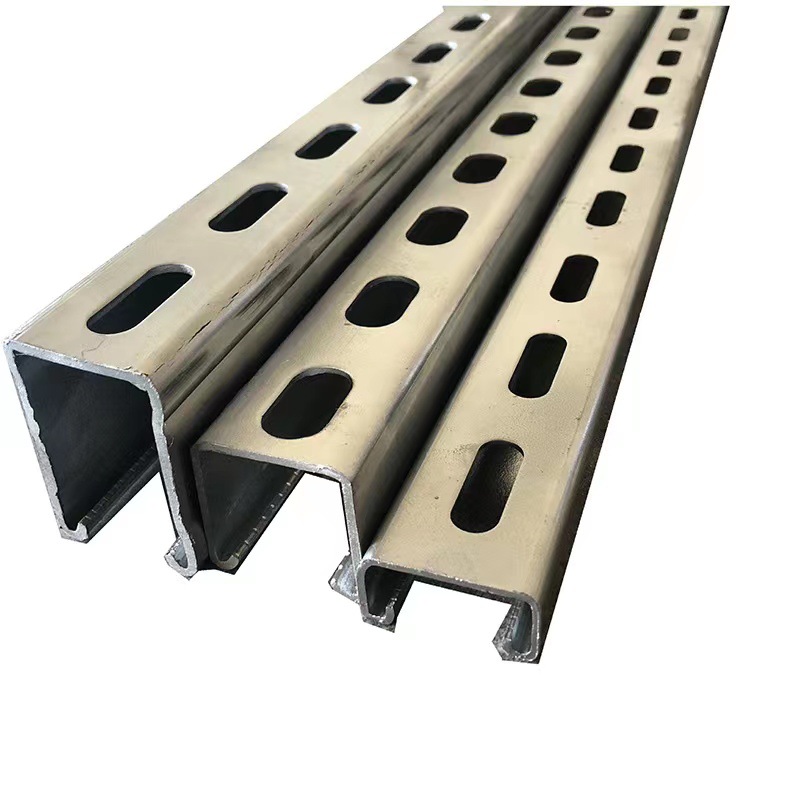

self tapping metal screws sizes
Dic . 12, 2024 17:55 Back to list
self tapping metal screws sizes
Understanding Self-Tapping Metal Screws Sizes
Self-tapping screws are essential fasteners in construction and manufacturing, particularly for metal applications. They are designed to tap their own hole as they are driven into the material, eliminating the need for pre-drilled holes. This feature makes them incredibly efficient and convenient. However, selecting the right size of self-tapping metal screws is crucial for ensuring strength, reliability, and performance in any project.
Types of Self-Tapping Screws
Self-tapping screws come in various types, each suited for specific tasks. The two most common categories are
1. Self-Tapping Screws These screws create their own threads when driven into material and are typically used in softer metals like aluminum and some types of carbon steel.
2. Self-Drilling Screws Also known as drill screws, these have a built-in drill point that allows them to penetrate harder materials, such as stainless steel and other tough metals, without the need for pre-drilling.
Understanding the distinction between these two types is important when selecting screws for metal applications, as the required strength and the material's hardness will influence the decision.
Sizing Self-Tapping Screws
The size of a self-tapping screw is usually denoted by its diameter and length. Here are the main parameters to consider
1. Diameter The diameter indicates the thickness of the screw. Common sizes for self-tapping screws range from 4 (about 0.112 inches) to 14 (about 0.194 inches). The screw’s diameter should be compatible with the material thickness it is intended to penetrate, ensuring a secure fit without stripping the threads.
self tapping metal screws sizes

2. Length The length of the self-tapping screw is measured from the bottom of the head to the tip. Length choices vary greatly, typically ranging from 3/8 inch to several inches. The length must be appropriate based on the combined thickness of the materials being joined; too short can lead to a weak connection, while too long can cause damage by protruding excessively.
Choosing the Right Size
When choosing self-tapping screws for metal, a few key factors should be taken into account
- Material Thickness Measure the thickness of the metal components you are fastening together. The length of the screw should be at least 1.5 times the thickness of the thicker material for this reason.
- Load Requirements Consider the load the joint will bear. If heavier loads are expected, opting for a larger diameter screw can provide better grip and strength.
- Corrosion Resistance For outdoor or moist conditions, stainless steel or coated self-tapping screws are recommended to combat corrosion.
- Screw Head Type The head type (flat, pan, hex, or socket) can influence the type of tool needed for installation and the aesthetic finish of the project. For example, flat heads sink into the material, allowing for a flush finish.
Conclusion
Understanding the available sizes and types of self-tapping metal screws is vital for anyone involved in metalworking, construction, or DIY projects. The correct choice enhances durability and strength, ensuring structural integrity. Without careful consideration of diameter, length, and material characteristics, projects may suffer from inadequate fastening and premature failures.
Whether you are constructing a metal framework, installing appliances, or engaging in automotive repairs, paying attention to screw size and type can make a significant difference. By equipping yourself with the right knowledge, you can confidently tackle any project that requires the use of self-tapping metal screws.
Latest news
-
Hot Dip Galvanized Bolts-About LongZe|High Strength, Corrosion Resistance
NewsJul.30,2025
-
High-Strength Hot Dip Galvanized Bolts - Hebei Longze | Corrosion Resistance, Customization
NewsJul.30,2025
-
Hot Dip Galvanized Bolts-Hebei Longze|Corrosion Resistance&High Strength
NewsJul.30,2025
-
High-Strength Hot-Dip Galvanized Bolts-Hebei Longze|Corrosion Resistance&High Strength
NewsJul.30,2025
-
Hot Dip Galvanized Bolts-Hebei Longze|Corrosion Resistance&High Strength
NewsJul.30,2025
-
Hot Dip Galvanized Bolts - Hebei Longze | Corrosion Resistance, High Strength
NewsJul.30,2025

